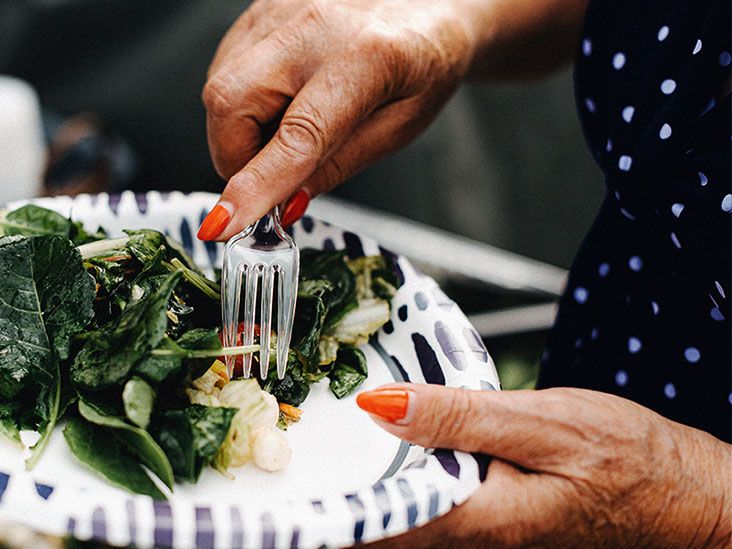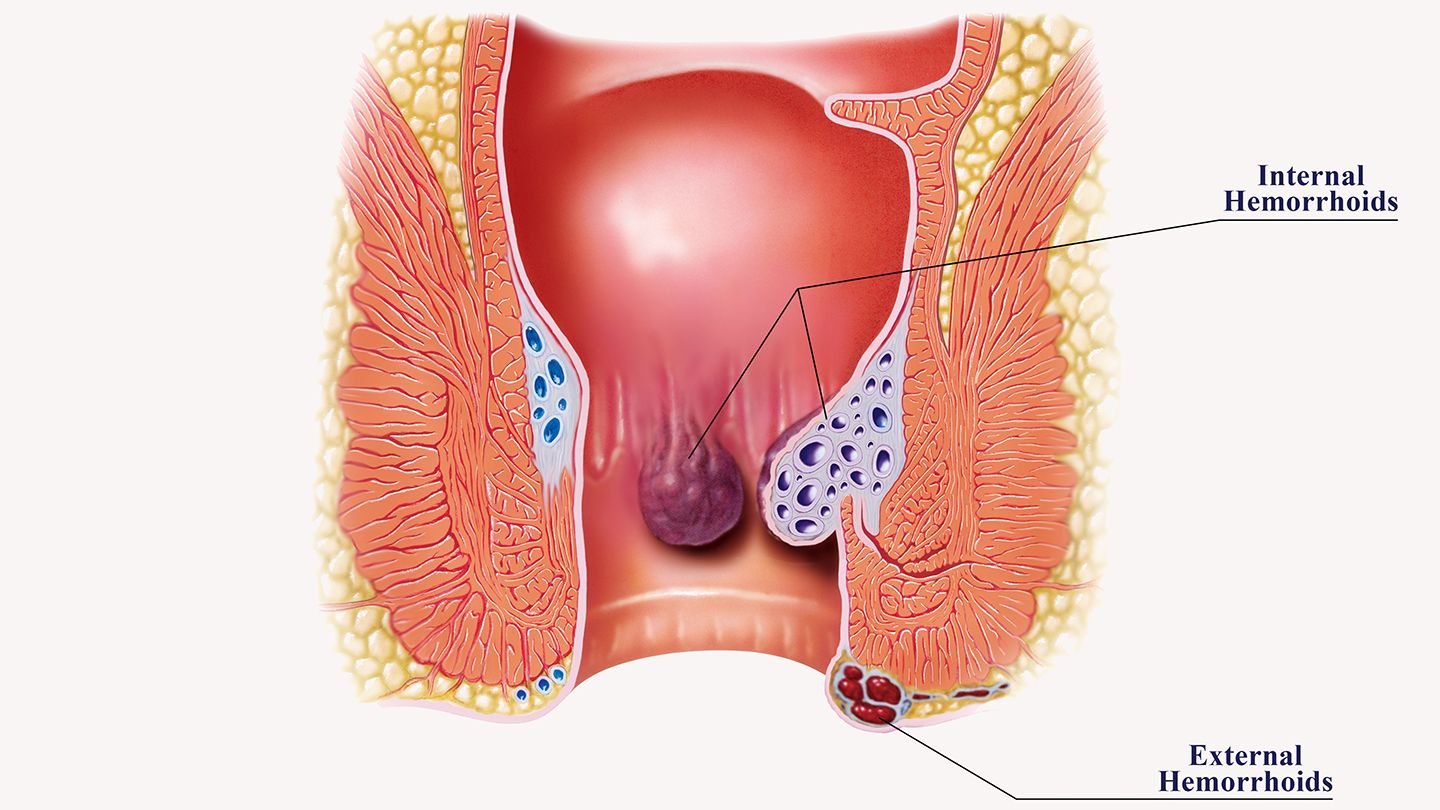Discovering a Kidney Bean-Like Object in Your Stool
Seeing something unusual in your stool can certainly be alarming. Encountering what looks like a whole kidney bean may be especially puzzling and concerning. But in many cases, that kidney bean shaped object turning up in feces has a reasonable medical explanation behind it.
Linking Kidney Bean Discovery to Hemorrhoids
One of the most common causes of passing what resembles an oval kidney bean in a bowel movement relates to hemorrhoids. Hemorrhoids refer to swollen, inflamed veins located around the anus and lower rectum region.
When hemorrhoids become severely enlarged, they can harden and bulge out enough to visibly protrude outside the anus. These manifest as round lumps that patients frequently describe as being kidney bean-like in size and shape.
Understanding Different Types of Hemorrhoids
Hemorrhoids fall into one of two main categories depending on location:
- Internal - Develop inside the rectum and not visible from outside
- External - Occur underneath the skin around the anus and can be seen or felt
External hemorrhoids most often cause patients to notice kidney bean shaped lumps when wiping. The hemorrhoid tissue swells and slides down the anal canal, eventually protruding visibly outside the anus.
Additional Signs to Confirm Hemorrhoid Presence
Seeing what resembles a kidney bean during bathroom wiping may be the first indication of hemorrhoid development. But a few other key symptoms can confirm hemorrhoids as the likely source:
- Itching or irritation around the anus
- Painful bowel movements
- Blood spots in the toilet or on toilet paper after straining
- Sensation of incomplete evacuation after a bowel movement
Experiencing any of these issues in addition to noticing a kidney bean shaped object supports linking the findings to enlarged hemorrhoids.
What Causes Hemorrhoids to Resemble Kidney Beans?
What gives protruding hemorrhoids that recognizable kidney bean-esque appearance? The anatomy behind these swollen veins explains why:
1. Oval-Shaped Protruding Tissue
Hemorrhoids surrounding the exterior anal ring tend to prolapse and fall outward into an oval lump around the size of a kidney bean due to gravity and straining.
2. Arrangement of Blood Vessels
Bands of swollen blood vessels, tissue, and elastic mucous membranes prolapse in interconnected clusters, forming round, bean-shaped bundles.
3. Enlargement from Increased Blood Flow
When more blood flows into hemorrhoid tissues, they can expand significantly and take on more swollen, rounded dimensions.
4. Drying After Exposure to Air
The blood-engorged tissue dries out after prolapsing and being exposed to air, causing it to harden into a firm, bean-like consistency.
Is Finding a Kidney Bean Shaped Object in Stool Serious?
Noticing something resembling a kidney bean pass during a bowel movement can certainly seem jarring and trigger health worries. But in most cases, hemorrhoids are not a serious condition.
However, severe complications can very rarely occur, usually related to blood loss or blood clots. Seeking prompt medical treatment is advisable if you experience:
- Significant rectal bleeding not stopping after a week
- Severe pain preventing sitting or bowel movements for over 2 days
- Intense dizziness, weakness, confusion, or rapid heartbeat
Occurrences like these suggest potential substantial blood or fluid loss requiring emergency care to restore blood volume and circulation.
Treatments for Hemorrhoid Relief
If you pass something resembling a kidney bean and confirm enlarged hemorrhoids as the cause, youll be relieved to know many at-home remedies and medical treatment options can provide symptom relief and shrink hemorrhoid tissue back down.
Helpful At-Home Remedies
- Sitz baths with warm water
- Ice packs or cold compresses
- Over-the-counter hemorrhoid creams, wipes, or suppositories
- Gentle cleaning instead of vigorous wiping after bowel movements
Medical Procedures for Persistent Hemorrhoids
- Minimally invasive hemorrhoid banding
- Injections to reduce blood flow to hemorrhoids
- Laser, heat, or infrared coagulation therapy
- Hemorrhoidectomy surgery for severe cases
Using conservative at-home relief methods or seeking proscedural interventions can shrink hemorrhoids back down and resolve that kidney bean shaped protrusion and related symptoms.
FAQs
Why does a hemorrhoid look like a kidney bean?
The oval shape, clusters of swollen tissue, increased blood flow expansion, and drying/hardening of the prolapsing hemorrhoids all contribute to the recognizable kidney bean appearance.
Are kidney bean shaped hemorrhoids dangerous?
In most cases, external hemorrhoids are not dangerous. However, they can rarely cause significant bleeding or blood clots requiring prompt medical care to avoid complications from blood/fluid loss.
Can internal hemorrhoids also look like kidney beans?
No, only external hemorrhoids which prolapse and protrude outside the anus take on the kidney bean shape. Internal ones developing inside the rectum cannot be seen from outside.
If I pass kidney bean shaped bits, do I need surgery?
Not necessarily. While surgery like hemorrhoidectomy is an option for persistent large hemorrhoids, most patients find relief through at-home remedies, lifestyle changes, or minimally invasive office procedures.
Will my hemorrhoids go away on their own?
Sometimes, especially if caused by temporary cases like pregnancy or constipation which then resolve. But chronic straining often perpetuates hemorrhoids, requiring treatment to shrink them after they’ve already enlarged.
Disclaimer: This article is for informational purposes only and does not constitute medical advice. Always consult with a healthcare professional before starting any new treatment regimen.
Related Coverage
Find clear answers on internal hemorrhoids symptoms, when to seek help, simple home care tips, and effective medical options....
Chafing in the groin area is a common discomfort during pregnancy. Learn what causes it, prevention tips, home treatment options, and when to call the doctor....
Hemorrhoids are swollen veins in the anus that can cause bleeding and pain. Learn about hemorrhoid causes, treatments, surgery, and prevention tips for men....
Understand the potential risks and realities of pushing or straining during bowel movements in an attempt to induce labor. Learn safe strategies for managing hemorrhoids and constipation during pregnancy....
Learn whether hemorrhoids can lead to prostate pain and urinary issues. Understand the indirect links between hemorrhoid swelling and prostate inflammation....
If you spot something resembling a kidney bean in the toilet after a bowel movement, it likely signals protruding hemorrhoids. Learn what causes them and treatment options....
Learn about hemorrhoid symptoms, causes, home treatments, and when to consider hemorrhoid banding at home. Get step-by-step instructions on how to use a home hemorrhoid banding kit....
Wondering what hemorrhoid surgery recovery is like day-by-day? See photos and get the facts on pain, activity, bowel movements, and more for each stage of healing after hemorrhoid procedures....
Hemorrhoids are very common and can cause anal itching, pain, and bleeding. Learn about causes, symptoms, diagnosis, and medical and at-home treatment options....
Obesity can make wiping after a bowel movement difficult. Adjusting technique, using tools, and requesting assistance when needed allows proper hygiene....




